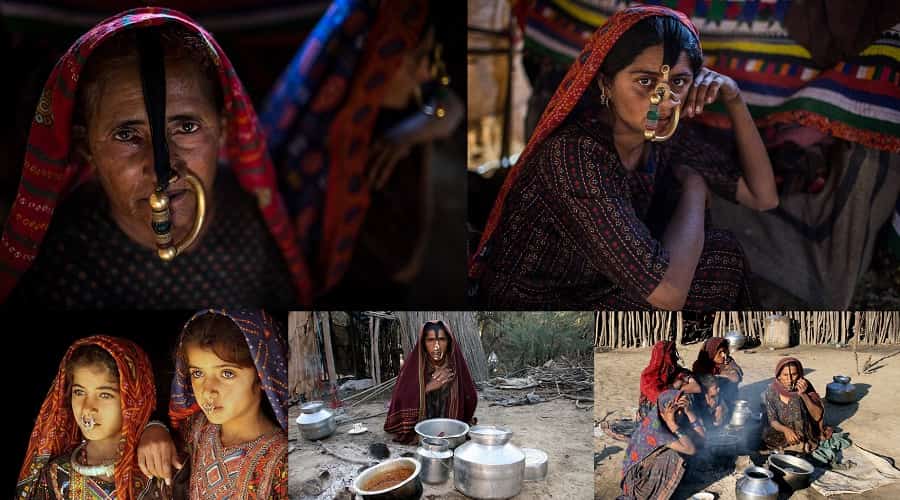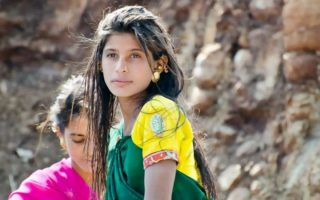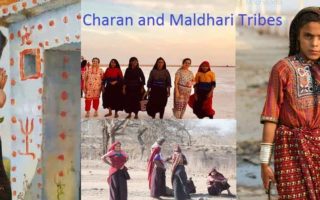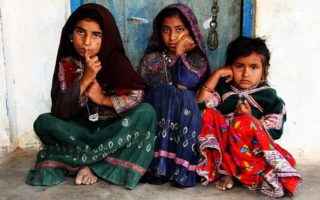At a Glance:
- Location: Western and Northern region of Kutch
- Popular Festival: Bakrid and Eid Ul Fitr

If you see the history of Jaths, then you will understand that; basically Jaths were cattleman, they were living in the area which was known as ‘Half’. 5ooo years before Jaths were migrated into the search of new grass to the place of Kutch and Sindh. Some Jaths decided to settle here and they started farming; they were calling themselves as Garasia Jaths and people who became cattleman, they were known as Dhanetah Jaths and rest of the people who were selected to submit themselves for learning the Koran, were known as ‘Fakirani Jaths’. The Jaths, who came from Pakistan can be easily identified through their dress which are mostly in black and young girls of the Jath tribe have plaits on the sides of the face; you can also identify them by heavy and big nose rings. Their traditional semi gypsy camel and cattle with their easily carried and folded houses are essential factors of their life. They travel a lot from one place to another place, but now they started to settle here permanently.
If you see Kutch’s embroidery, you will understand the richness of Jath embroidery which is one of the best among Gujarat’s embroidery work. Classical types of embroidery consist of Phulkari of Punjab, needlework of Kutch’s Jath and Sindh’s embroidery. Jaths situated in the village called Chaari Lake are popular for their excellent patchwork. If you feel to learn embroidery then, you can learn by their two schools that teach embroidery which is located in the region of Banni. Jath tribals do believe in the immigrants of Lohanas and Balochistan. In the traditional Banni embroidery, both the groups are different from Sindh and Baluchistan. Tradition of small bars of tight fitted satin fabric is still shared by the Fakirni Jaths and Dhanetah Jaths. Garasia Jaths tribes have their individual style of embroidery but their origins are different.
There are some Kutchi Jaths that are expert in playing an instrument called Surando. Jaths sings Sindhi Kutchi songs but they follow Islamic religion and their customs. They only marry with the royal families such as Jath Thakurs. They celebrate Muslim festivals like Ramadan and Bakrid but they don’t do Tazias during Muharram. During the Ramzan, they believe in giving food to the poor people. The customs of Jath tribe are largely similar to Muslim marriage customs. Sunni Muslims of Jath tribal celebrate the Ramzan festival with the traditional cuisines like Biryani and Sheer Khurma. They also serve the Suji Seera and sweet rice. On the occasions like wedding, they make rice, Gheo, mutton, wheat rotla and vegetables. They follow the custom of Bismillah. Sunni Muslims of Jath tribal obey customs of Pirs. They do contribute in their Tomb a Jath woman. They do believe and worship Shakti Puja, even they follow Muslim religion. The Fakirni people of Jath tribal worship Savla Pir. Garasia Jath worships Mai Bhambi, woman saint. There is a monument which is committed to her, the monument is at Sumrasar; all the devotees gather here on an annual fair. They think that embroidery is a secret gift, which is given by Mai Bamba. That’s why to return back to God, they put these in bamboos or bushes.


